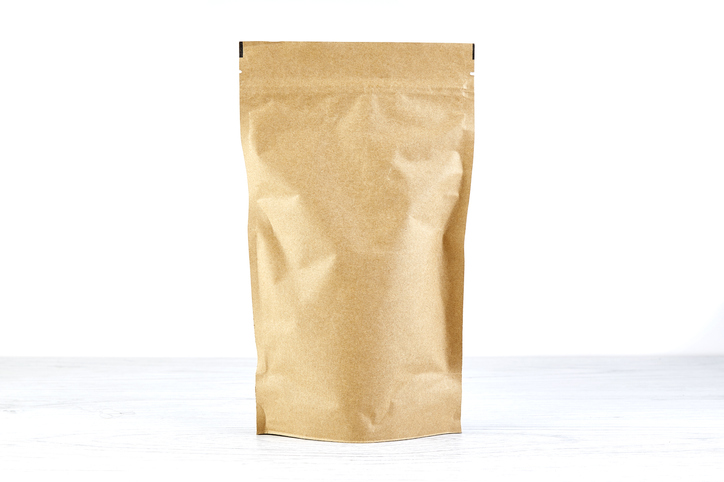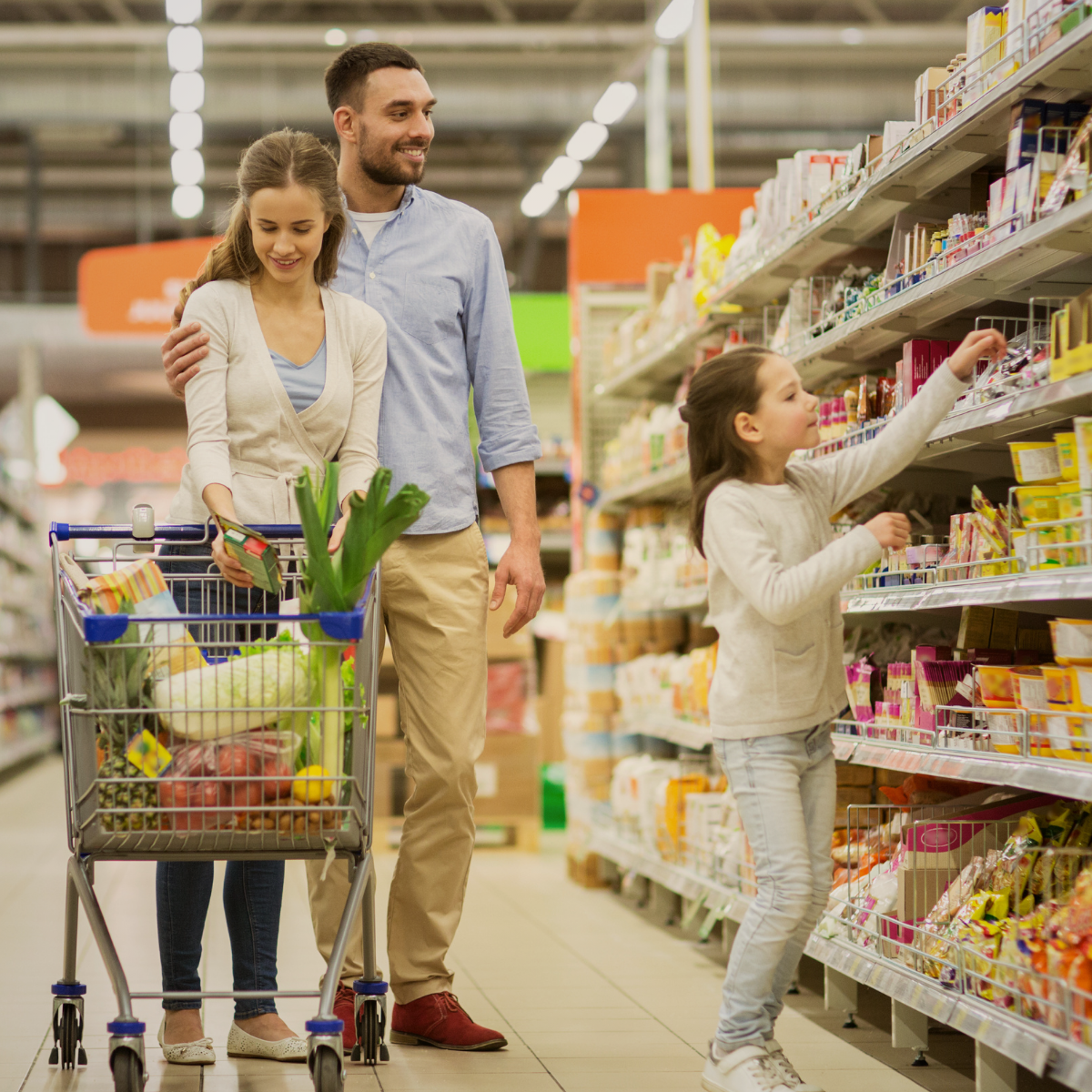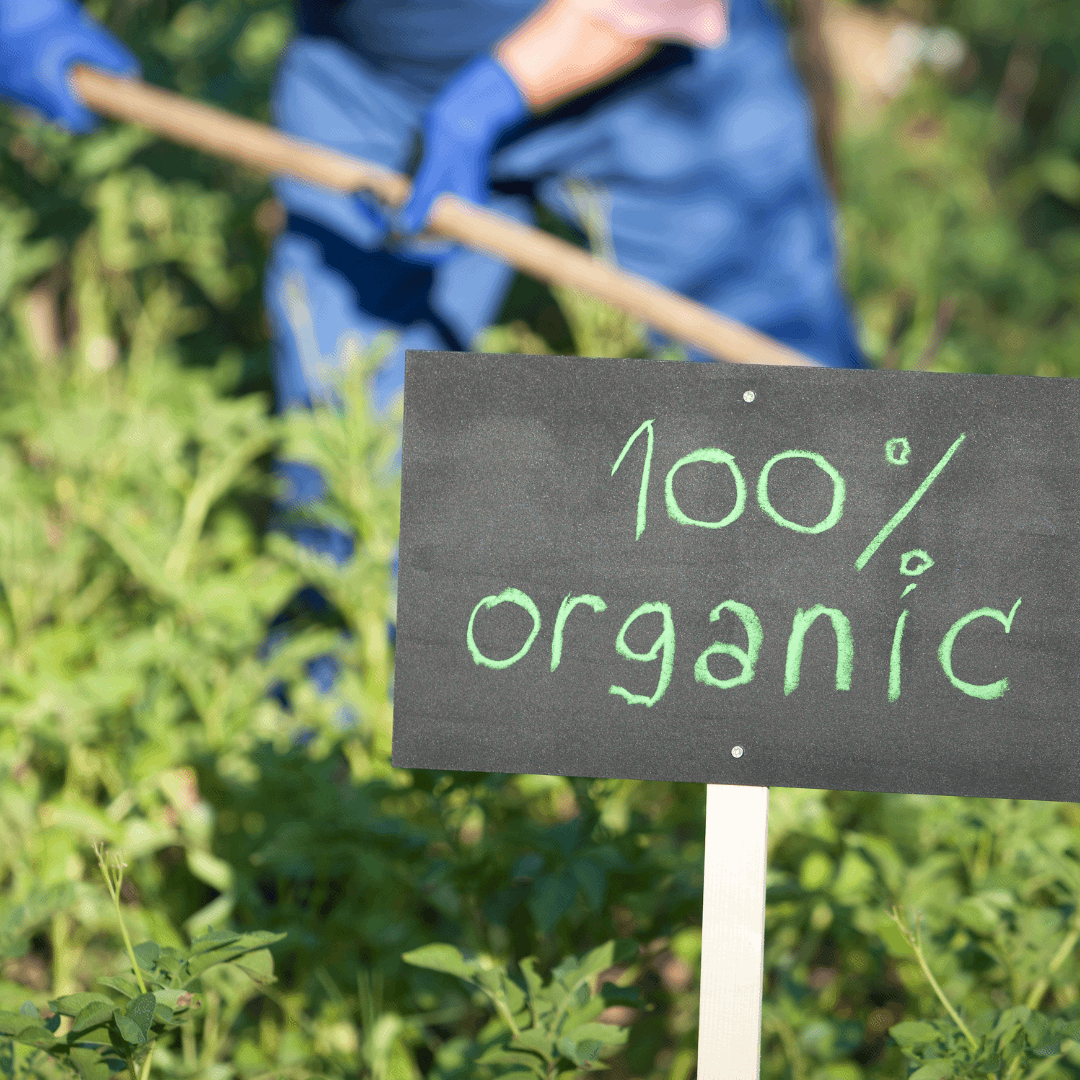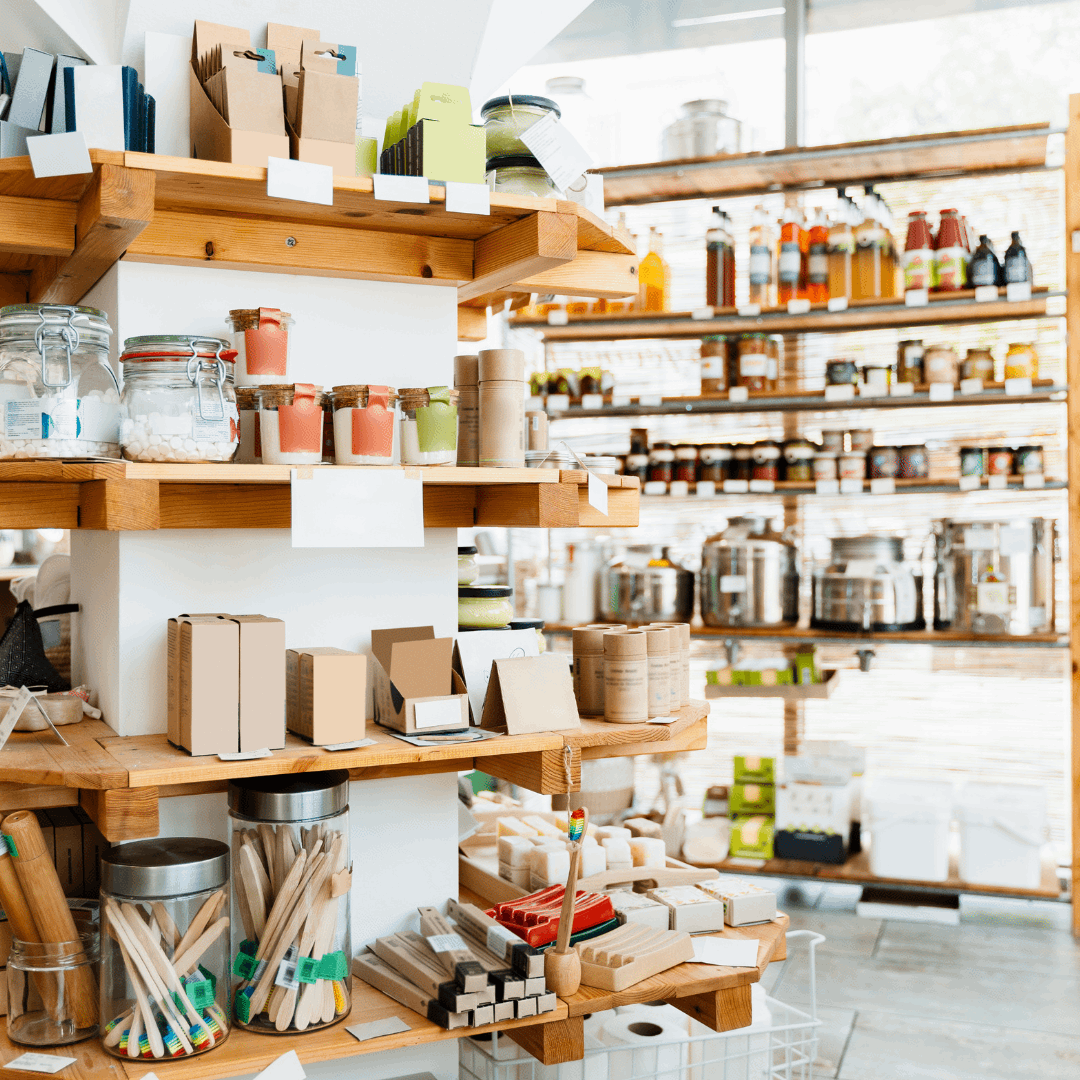Consumer packaged goods is one of the largest industries around, which means it can have a significant impact on both consumers and the world around them. In an industry that relies on packaging, there are two major areas that can’t be ignored: design and sustainability.
CPG food products have to rely heavily on the way they look, so packaging can be the make-it-or-break-it factor for any product. That new package design or material may be the only thing standing between consumers and sales, so every company wants to make it enticing. These engaging designs all have to go somewhere post-purchase, though, and people are starting to turn their attention to the trash cans and recycle bins where all those printed boxes, plastic sleeves and cardboard trays end up.
Consumers are calling for more sustainable packaging in the CPG industry as a way to mitigate carbon footprints and attempt to reduce the effects of global warming. This has led to a demand for recyclable materials, recyclable packaging and eco-friendly material sourcing. Now CPG brands have to find ways to let their design and eco-agenda work together to make the perfect packaging so they can appeal to their audience on both levels.
How CPG Packaging Design Influences Consumers
Product packaging is one of the easiest ways to convey your brand identity. You can use colors, fonts and graphics to show who you are, what you do and why people should purchase. All of these elements and how they’re arranged can influence whether or not someone picks up a product. They can also give customers an idea of what your brand stands for and what sets you apart.
There are three main elements on a package that can help CPG food companies set their products apart from the competition:
- Brand name/Brand icon.
People want to know who they’re buying just as much as what they’re buying. When designing the labeling for a CPG, the brand identity should always be prominently printed on the primary surface of the package that’s most visible to the customer when it’s on a shelf. You also want the font you use to match the feeling of your brand. Are you sleek and minimal, or fun and whimsical? Think about Coca-Cola products: each one has “Coca-Cola” proudly displayed on the front of the can or bottle in their signature flowing font so it feels fun and easy to pick up and enjoy. Keeping your brand name front and center makes it easier for people to find your product in retail stores even if you’re working with minimal shelf space, and the font you choose will convey your overall brand tone. - Creative Elements.
Every product needs an eye-catching design, and just like with the font you choose, the elements you use to create it can dictate much of the customer experience. Take colors, for example. There’s an entire field of study dedicated to how colors influence consumer behavior—blue is trustworthy, red is strong, etc. Now let’s look at a popular consumer brand like Keebler cookies. Almost all of their packages are bright yellow with the red Keebler logo. Why? Because red and yellow is a color combination that tends to make people hungry. CPG food companies can use targeted color pairings and graphics to give customers a reason to choose their product over the competition.
- Package Structure.
Investing in high-quality packaging materials is a must if CPG brands want potential customers to view their products as valuable. Opting for the cheapest option or outdated materials might seem more cost-effective at the moment, but it can lead to consumers placing products in the “discount/bargain” category in their minds. Once a product is on the shelf, packaging updates can be costly, confusing for the consumer and potentially disruptive to retailers. Instead, CPG brands should work to ensure their packaging supports their brand positioning, proudly represents their products on the shelf and delivers the product to the customer in the most convenient format possible.
How Consumer Packaged Goods Affect the Environment
As millennials become the dominant demographic in the CPG industry, brands have to find ways to adjust to new consumer demands and expectations. One of these demands is for more sustainable packaging. Consumers are more aware than ever of how their attitudes toward disposable packaging are affecting the environment, and they’re asking companies to help them change the way society approaches packaging.
Most CPG packaging is made from non-recyclable single-use plastics, and those that are recyclable are being recycled at extremely low rates in the U.S. These packaging materials end up in landfills and oceans, causing big problems for the environment including the production of greenhouse gases or pollution of fish ecosystems. Some state governments are even starting to jump in by regulating single-use plastics and non-recyclable materials in restaurants and grocery stores.
To combat the growing waste crisis, people are shifting their focus to using more recycled and biodegradable materials in CPG packaging. In fact, 60-70% of consumers even said they’d be willing to pay more for products that use sustainable materials. This means CPG brands who invest more in creating sustainable packaging could very well see positive returns on their investment. Using plastic alternatives like rPETS, biodegradable plastics and paper or fiber-based boxes are great ways to break into the eco-friendly market.
Packaging Solutions for CPG Brands
Whether it’s a new product or your everyday staple item, packaging design and sustainable materials can help sell your CPG. Even if you’re dominating shelf space in Walmart or a natural specialty retailer like Whole Foods, you can still find new ways to maximize the impact your packaging makes.
One area that’s rapidly expanding in the CPG environment is e-Commerce. More and more people are moving online to find and purchase CPG products, and brands can use this to their advantage when designing packaging.
- Colors are important in package design no matter where the product will be sold, but there’s an interesting advantage to design on e-Commerce platforms. Online, most products are displayed on a white background, so the colors on a package will show up more vibrantly than when they’re tucked away in a sea of competitors. CPG brands can take advantage of this presentation by adding bright colors to their packaging so they stand out as people scroll down a webpage.
- Flexible yet sturdy packaging is a must for any type of sale because it protects the product from damage. In the store, it can protect from falls off the shelf, customers tossing it into their basket or employees stocking too quickly. When it comes to online ordering, packaging also has to protect against all of the perils of shipping and handling through the delivery process. Ensuring the packaging is made from high-quality materials that are flexible enough to be attractive but rigid enough to protect the product inside is a must to make sure the items arrive intact to every venue or address.
- Online ordering presents the opportunity to create a personal experience with every product. When customers purchase an item in the grocery store, being in the physical location and choosing it from the shelf is the experience. When they order it online, however, receiving it in the mail and opening it at home is the experience. CPG marketers and packaging designers can use this to their advantage and create another dimension for the customer. They should consider the unboxing of their products to be a fun process, and they can engage customers by designing the packaging around the experience.
CPG packaging design and sustainable materials can both make a sizable impact on customers. If you’re an emerging CPG brand or an established brand looking for a change of pace, then you might feel like you need some help to find the perfect packaging design and the right materials to make it.
At Vdriven, our extensive CPG industry experience has empowered us to successfully partner with numerous food companies in their brand strategies. Our proven track record showed improved CPG brand profitability for the companies we have collaborated with.
Contact us today if you’d like our professional insights on how to create more effective packaging for your brand.
Vdriven
VDriven is a CPG partner for modern brands that improve our daily lives. We fuel your growth and innovation by giving you strategies and support in every phase of the retail process.






